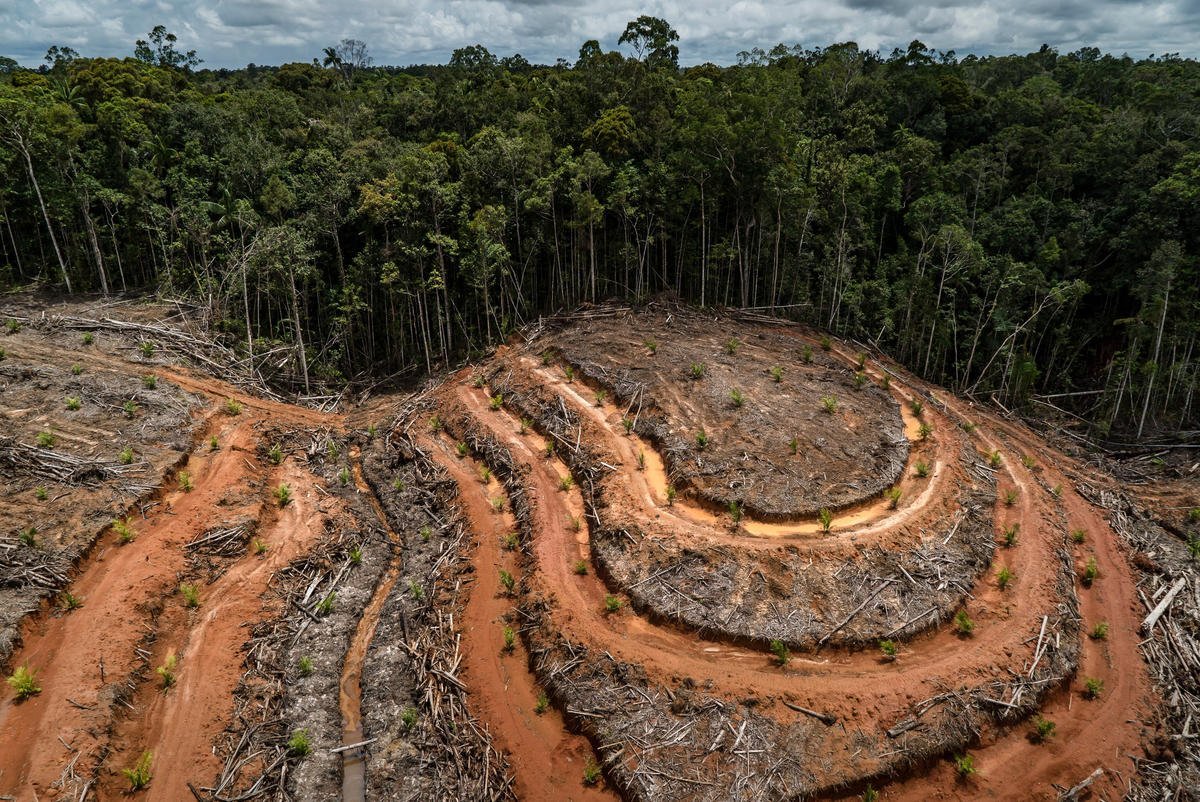#EXPLAINED: greenwashing
#EXPLAINED is an ongoing series where we dive into one of the many buzzwords used in the sustainability space, explaining what it means and any key theories within it. The goal is to make environmental concepts more approachable and exciting to learn about.
Today, we’re talking about greenwashing, which can be an easy enough concept to understand at a high level but a difficult one to put into practice!
What is greenwashing?
Greenwashing is actually more of a marketing term than anything else. Broadly, it refers to the process of misleading or creating the false impression that a company or its products are more environmentally friendly than they actually are. It’s born out of an understanding that sustainability and environmental stewardship are becoming increasingly important and a desire to attract consumers who make purchases with these things in mind. It often involves the use of environmental terminology, clever imagery, and even the colour green (hence the term “greenwashing”).
Two key terms
When it comes to greenwashing, one of the most widely used tactics is to label products with terms that elicit the idea that the product is good for (or at least not detrimental to) the environment. The most commonly used and confused terms are biodegradable and compostable, so much so that they deserve their own section.
Compostable: When something is compostable, it should mean that it is made of natural plant material. This means that it will break down into water, carbon dioxide, and biomass over time when properly composted, but not all items are composted in the same way. Some can be composted at home (called “residential composting”) while others require “commercial composting”. In addition, there is no universal rule, meaning what goes in one locality (where the product is made, for example) may not in another (where you’ll be disposing of the product, for example). This can make it really challenging to navigate as a consumer, and this confusion makes it easy for companies to greenwash.
Biodegradable: When something is biodegradable, on the other hand, it can contain all kinds of material, including plastic. It should, however, also have additives that will break down these materials into smaller pieces. This means that it typically does not go where compost goes - it should be disposed of in your garbage bin, which is something many people don’t know. You should note that this term is broadly applied to a process that can take anywhere from a few days to 500 years, given that not everything will biodegrade at the same rate. This can obviously mislead consumers. Also, items often can’t biodegrade (ie. do what they are labeled to do) in a landfill when they are buried under more and more garbage.
As you can see, these terms are not interchangeable and there are many cases under which they can be used despite the fact that what’s happening isn’t exactly as environmentally friendly as the term led you to believe - Ie. They are greenwashing. Additionally, companies producing products that are single-use but labelled with these terms may lead consumers to believe that purchasing them is just as environmentally responsible as re-use, when more often than not, it isn’t. More on that in the food space in a future blog, though...
Ways companies greenwash
In addition to using labels like compostable and biodegradable, imagery, and even colour schemes to greenwash, below are some other ways that greenwashing can occur.
Palm oil driven deforestation. Image courtesy of Greenpeace.
Example 1: Companies label products as “natural” with no reference to how much of the product is, actually, natural. Customers who don’t read the full list of ingredients may be led to believe that the product is 100% naturally-derived. The same can be said for “local”.
Example 2: Companies “certify” their own products to be sustainably sourced as opposed to receiving external certification from a reputable third-party. Customers may be led to believe that this certification is as legitimate and robust, particularly if it isn’t clear that the company is certifying itself.
Example 3: Companies who promote that they don’t test on animals but who, less transparently, engage in other negative practices, such the destructive sourcing of palm oil. Customers may be led to believe that they are purchasing a product that has not affected animals when in reality, they are supporting deforestation that is leading to habitat loss for many already endangered species and contributing to climate change.
Example 4: Unfortunately, there are also some instances where companies go above and beyond misleading and outright lie, saying their product is something that it is not.
These are just a few examples. The reality is that there are many ways that companies can falsely advertise or mislead consumers into thinking they are making purchasing decisions that have little impact on the environment.
How to avoid greenwashing
FSC is one example of a certifying body in the timber space. Certification is not always a guarantee of environmental responsibility, though. Image courtesy of FSC.
Be weary when you see “compostable” and “biodegradable”. Do your research to see exactly what the company means by these terms. For example, if they label an item as biodegradable, search their website to see how long it’s going to take. If they don’t advertise a timeframe, it’s likely it’s long and there is some greenwashing happening.
Be weary of other vague terms, including the ones already discussed, such as “natural” and “local”. Again, look on the company website to see what they are actually doing to support their claims. If the information is not robust, it’s probably greenwashed!
Know your ingredients. Be sure to look at the list of ingredients and avoid ones whose sourcing is having a negative impact on the environment. Here are some to avoid in food and in beauty, two of the biggest culprits!
Skip the packaging. A lot of the time, we may shop somewhere because they package their items “responsibly”. Maybe it’s a deodorant whose package is labelled as “biodegradable”, for example. The easiest way to avoid greenwashing without much effort in this regard is to shop zero waste where you can skip the packaging all together.
Look for reputable certifications. This will depend on the product you are shopping for and, admittedly, can be an issue because the certifier may not be acting 100% honestly. For example, FSC certifies the sustainable sourcing of timber but it has come under some scrutiny too.
Buy less, repair or repurpose, and buy second hand. As you can see, it can be really difficult to know if what you are buying is environmentally responsible even if you do a lot of research! The best way to reduce your impact is to buy less and engage in the circular economy! Dw, we published an #EXPLAINED article for the circular economy here if you are unfamiliar with this term!
Consult your local waste website. Make sure you are putting things where they belong! This is a particularly helpful guide, which also outlines important info about compostable and biodegradable products for the City of Toronto specifically!
We hope this was a helpful explainer on the concept of greenwashing and how you can avoid supporting companies who greenwash. If you have anything to contribute to the conversation, let us know! We’d love to hear from you. Cover photo courtesy of The Roar.


